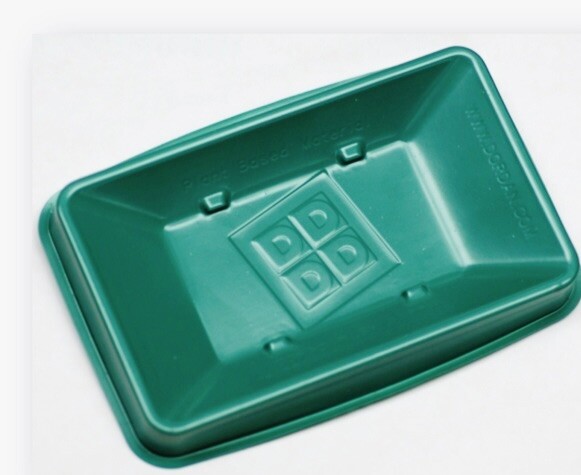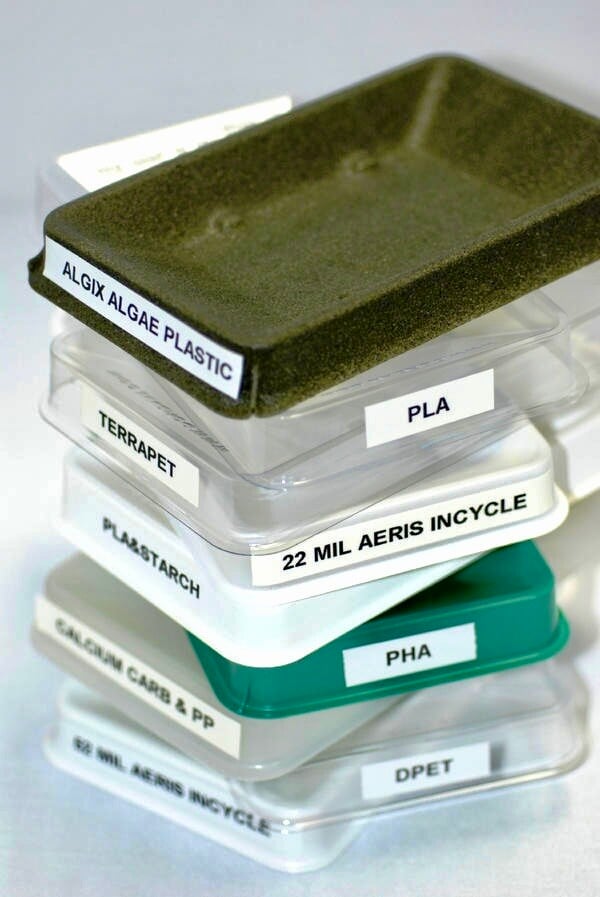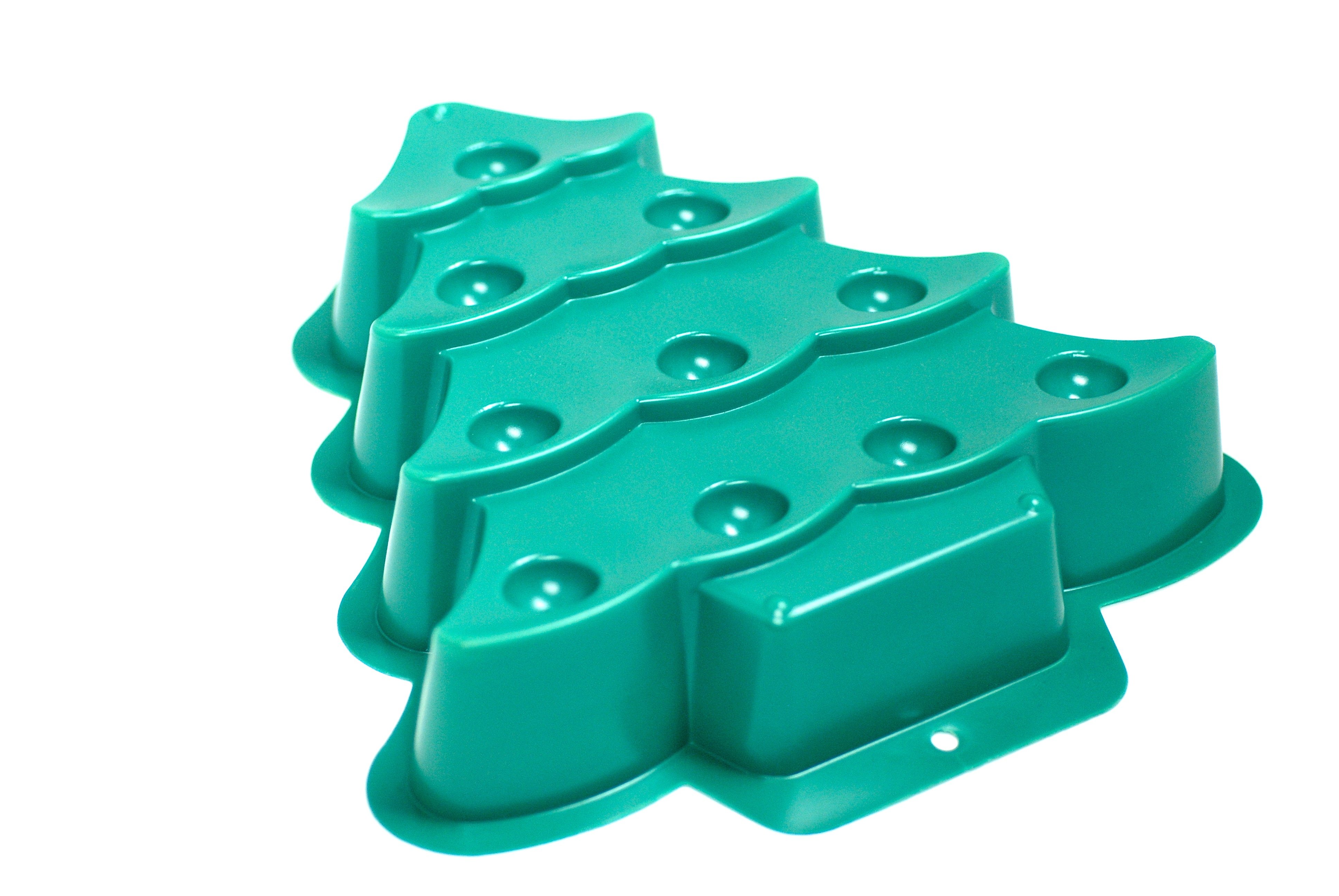PRESS RELEASE
For immediate release
Anaheim, CA, Feb. 4th-6th – Dordan Manufacturing, a leading designer and manufacturer of thermoformed medical packaging solutions, is excited to announce its participation at MD&M West, booth #1082.
At this year's event, the company will display its collection of historic bioplastics, highlighting the early innovations that paved the way for today’s sustainable packaging solutions, including biodegradable polymers, bio-based materials, and recycled/recyclable materials. By displaying its collection of these historic bioplastics, the company aims to educate trade show attendees on the evolution of these materials, their current applications, and the future potential of bioplastics in medical packaging.







